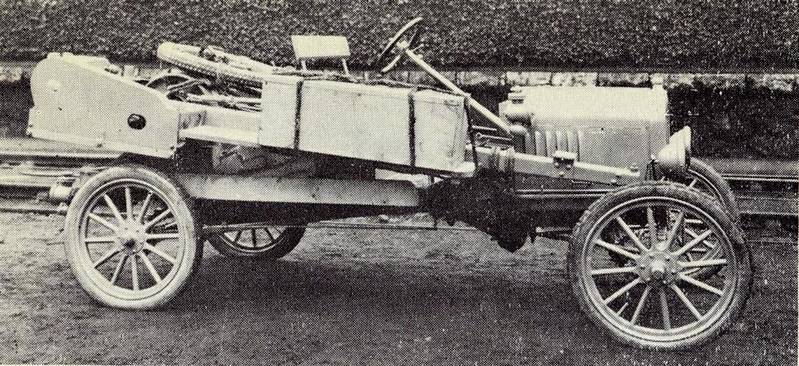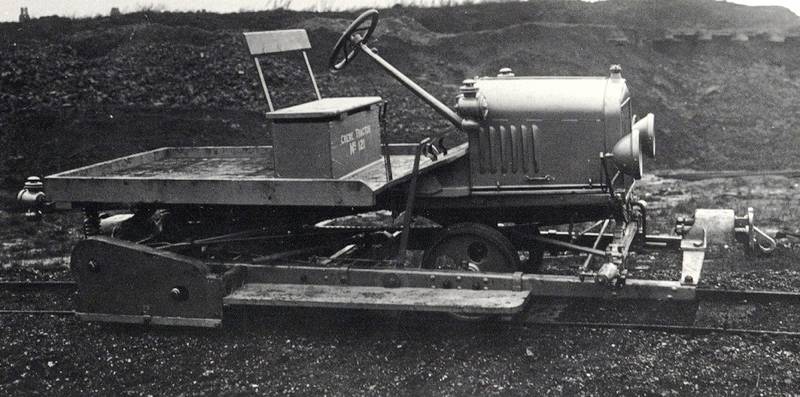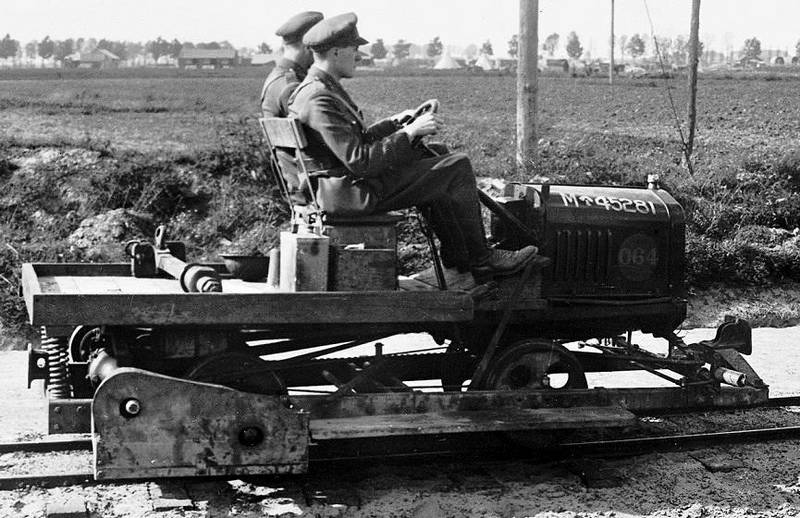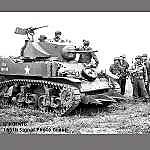Quoted Text
If you look at the two pics the width of the boards on the wagons seems to be correct.
Al – I guess we’re seeing different things, as the two photos are largely what generated my comment. Due to the low angle, and the more-or-less flush sides, it’s hard to get a good read. However, I enlarged and cropped the relevant part of both images and tried to enhance that detail as best I could.


There’s a slightly shorter and somewhat thicker board at the front of the first car, I’d say 4-6” wide – this board shows much better on the “underway” photo than the “loading” photo, but I’ve otherwise referenced the loading photo – it offers a somewhat better angle. The next board is a bit longer and darker. The third board has warped up at the near end, making it easy to judge the width of it and the previous board – again I’d say 4-6” for each.
Quoted Text
I'm guessing they just used the standard timber on the wagons that was used elsewhere although that's just my thoughts.
To approach it from another direction, I’d estimate the total deck length on the car at 10-12’, based on the lading shown in the images. Since the kit indicates 7 boards, that translates to a 17” or 20” board width, respectively. Even in this era, that would represent premium cuts, and there is no practical benefit to using them in this application - when narrower boards will do fine.
I doubt there’s any “standard timber” in a wartime environment. These short flat wagons were perhaps planked in England, with the same width used for all the boards, but it’s also possible that only the frames were shipped and the planking added at the port of arrival – or soon after. Aside from thickness, they needn’t necessarily be dimensional lumber.
I know it’s not your scale, but I noticed on another forum that W^D Models “may” be working on a PE kit for the Ford Draisine.
I found an interesting photo – and caption – in the book Two-Foot Rails to the Front, which has about 50 pages of mixed quality wartime photos, but very little text. I suspect the beaming fellow on the left is the benefactor of the free moving service.

Lastly, and somewhat OT, I couldn’t resist this image of a shy but happy Swedish boy out for a Sunday spin with his dad in this 1937 scene – no doubt the railcar came out of the shed on the right. I’ve never seen railway wheels built like this, but they would offer lightness – a clear benefit for one-man hefting from the storage "track" to the main.
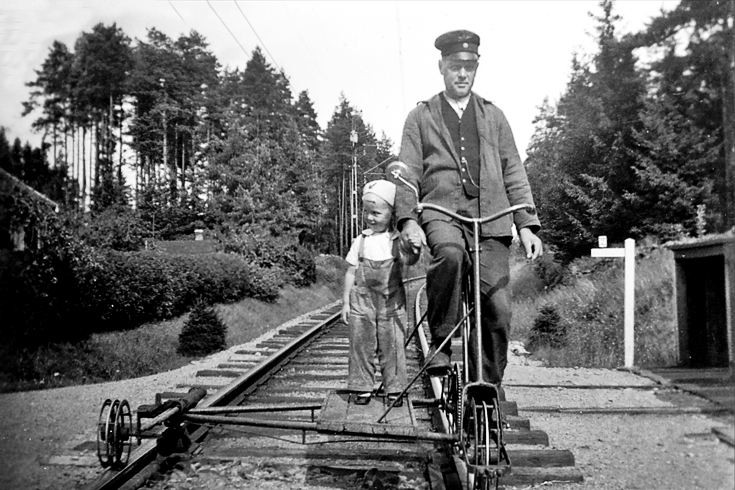
For anyone interested in researching the trench railways, I have just ordered what seem to be the standard references in the field.
Narrow Gauge to No Man's Land
This covers American operations – and perhaps U.S. production for other countries. There is a reprint, and I found multiple sellers offering it for around $45. The price from the publisher is higher, as is that on Amazon. This is a big book and hardcover.
Narrow Gauge at War, Volumes 1 and 2
This covers all countries involved in trench railway operations, including many not widely discussed. After seeing high prices, even for the reprints, I discovered that it was best to go through the publisher. In this case, it's a benefit for North American buyers that they're paperback.
http://www.plateway.co.uk/They may have another interesting publication available shortly – I’m trying to get more info.

 .
.

































